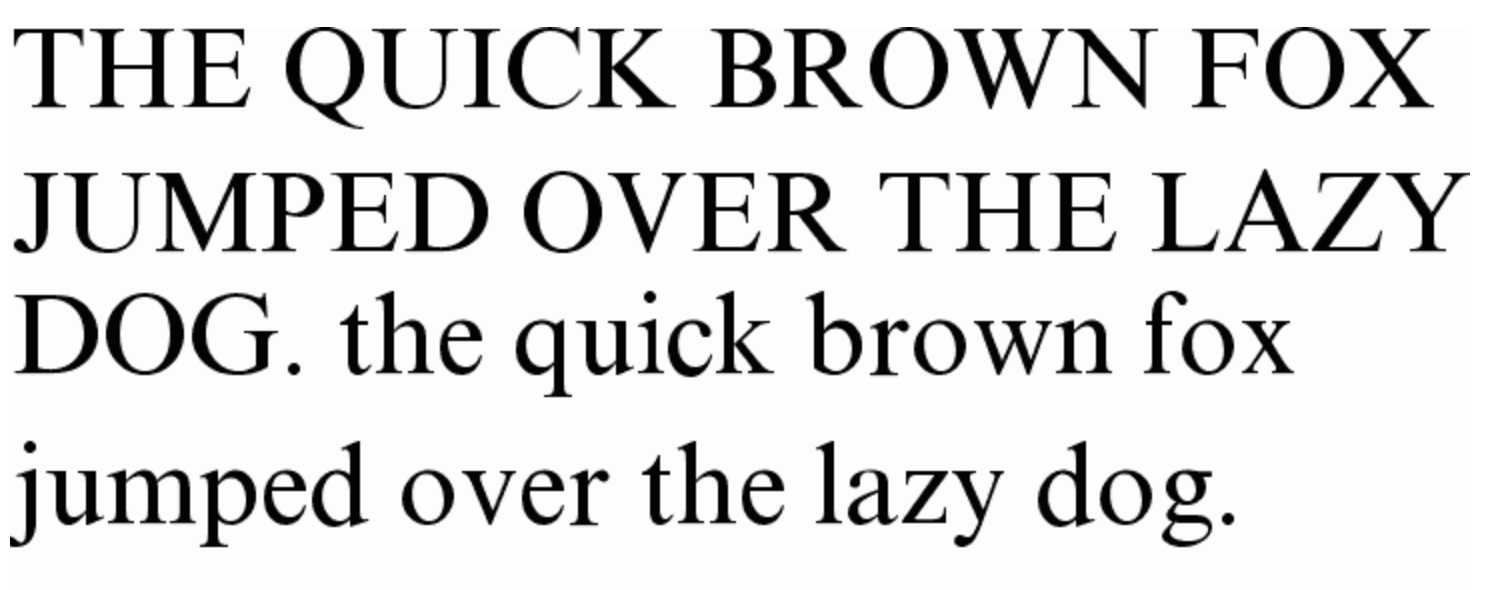Dyslexic Children Read in One Year the Same Number of Words Other Kids Read in Two Days
Posted on April 17 2018

Did you know that extra spacing between letters on the page can help your child read? Like thousands of other children, your kid may be abnormally affected by crowding, a perceptual phenomenon with detrimental effects on letter recognition. With modulated spacing between letters, it is possible that the child with dyslexia has a much better chance at recognizing the word. Extra spacing between letters may help to break the vicious cycle by rendering the reading material more accessible.
The Harry Moon Team of Chicago, Illinois took these reading realities as serious business in designing the layout for their books. “When a child finds himself reading differently than others, we need to help,” says Steve Goerth. “A dyslexic child reads in one year the same number of words other children read in two days. We have to fix that.” Almost three years ago, the Harry Moon Team went to work.

“After testing with middle grade focus groups, we found a font that was especially easy to read. And no, it was NOT Times New Roman,” says Harry Moon co-creator, Mark Andrew Poe, with a laugh. Times New Roman is the standard font historically used for the majority of Western books in print and newspapers. “ In this font, there is a lot of air between the letters. It is also aesthetically appealing. The font we licensed is called Nova Lineta ITC.”
The font is the brainchild of a design professor at the University of Nis in Serbia, Slobodan Jelesijevć, who, interestingly enough , specializes in “spatial graphics”. Jelesijevć teaches in the Department of Applied Arts. “When we saw the Nova Lineta ITC in layout, we knew we had found something special,” Mark Andrew Poe added. The kids in the focus group, of course, liked it even better.

It appears as if the Harry Moon Team have opened a way-in for dyslexic kids and reading. Over the last months, several grass-root organizations focused on the dyslexia challenge have come forward in praise of the easiness of the Harry Moon and Honey Moon series.
As it turns out, it is not only in the selection of a font. It is the entire layout of the books. “The book is intentionally organized with a huge fun map right up front that gives the big picture of the story, “ says Lisa Baye Kaye of Dyslexia Inspired of Framingham, Massachusetts. “The Harry Moon’s Family and Friends introduction in each book is very helpful as a preview to understand the characters. Its also a great refresher if you have memory problems.”

“The Dear Reader sections at the back of the book are so enriching — gives the child a very personal touch like ‘Hey, they are talking to me!’” Lisa Baye Kaye continues. “The Harry Moon and Honey Moon DNA in the after pages are really valuable for struggling learners or dyslexic thinkers, an easy summary of all the positive character attributes that encourage the reader to think of themselves in a healthier way. The color illustrations are inspiring.”

The Harry Moon and Honey Moon series involve an epic battle of good and evil. Their small New England town is trapped under a curse where every day is Halloween. The stories involve magic, but also the magic of personal development. “There are a lot of adventures and thrills in our books because, we know our stories need to be fun to read,” says Harry Moon’s Thom Black. “We want every child to read our stories and are determined to make our Harry Moon and Honey Moon books something special. For a parent with a dyslexic child, that means a book a child WANTS to read, not has to read.”
“To make our books easy and entertaining, we have toiled over the narratives,” says Mark Andrew Poe. “I think a lot of folks believe writing children’s books is a walk in the park. It is NOT. Yes, we have to make them work in layout and be easy for the eyes and mind, but we also have to make them exciting in the heart of a young person.” Mark Andrew Poe says. “What did Nathaniel Hawthorne say? ‘Easy reading is damn hard writing.’”

Dyslexia Inspired’s Lisa Baye Kaye says , “These guys might be on to something. The Harry Moon team leaves nothing to chance. The acclaimed children’s series has remarkably embedded features into their books that even professionals in the field find difficult to pull off. Children with executive function problems, which includes dyslexia, post concussion trauma, ADHD, sensory processing, high functioning autism and practically any neurodiverse child will find these stories irresistible. That’s a BIG get.
“The series is a dream for children with working memory issues. If they forget something, they can easily find it for reading comprehension. If they have to write a book report, the information has been scaffolded into categories for them, making it easier to focus on the writing process. Harry Moon is just a huge win-win. It is luxurious in the hard copy version. Children are loving it.”

“We are delighted to be able to help open the door for an under-served community,” says Steve Goerth of the Harry Moon Team. “There is nothing greater than to be able to help instill the virtues all of us care about — kindness, loyalty, dependability, respect — in the imagination of a child through the reading of story.”
For more information, please contact Steve Goerth at steve@harrymoon.org
Original Article: https://medium.com/@rabbitpublishers/dyslexic-children-read-in-one-year-the-same-number-of-words-other-kids-read-in-two-days-9f585da651c4

Connect